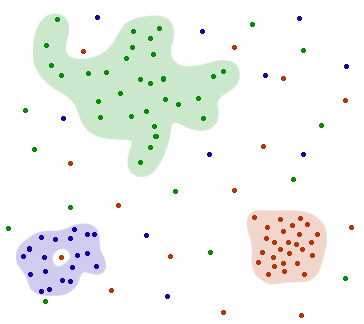Tables of entity limits per area:
¶ Nations
| Applicable Entities | Excluded Entities | Maximum Entity Distance | Maximum Number of Entities |
| Monsters | 4 | 10 | |
| Animals and Allays (I) | 5 | 21 | |
| Animals and Allays (II) | 96 | 51 |
¶ Towny
| Applicable Entities | Excluded Entities | Maximum Entity Distance | Maximum Number of Entities |
| All | Villagers | 3 | 50 |
| Pig, Cow, Sheep, Chicken | 20 | 12 | |
| Zombie, Skeleton, Spider, Cave Spider, Blaze |
20 | 10 | |
| Iron Golem | 60 | 4 |
¶ Why does an Entity Limit exist?
Minecraft is a very poorly optimized game. Vanilla Minecraft Servers can typically hold around 10 - 20 players who are not using intensive game mechanics before performance begins to decrease.
While the modern community-developed and optimized server software we use helps mitigate this, one of the most performance intensive features of Minecraft is entities.
Entities make up anything that is not a block, such as Monsters, Animals, Players, dropped Items, Item Frames, Armor Stands, etc.
Because of the heavy stress that a large amount of entities can cause of the server, we must limit the amount of entities that can be in an area.
¶ How it works

Chunks are an irrelevant measurement of entity density due to the fact that many chunks are loaded close together.
Calculating entities by chunk will not reduce the strain on the server.
The entity limiting plugin we use chains entities together instead of calculating “entities per chunk”
For example:
If there is a Zombie, the plugin will look for another Zombie within n block radius of it and add it to the count of Zombies in a particular chain.
This search will continue until all Zombies close enough to be added to the chain have been added.
Once a chain is formed, every 30 seconds the plugin will remove excess entities.
Entities with a saddle and tamed entities will in almost all cases be ignored by Entity Limit.